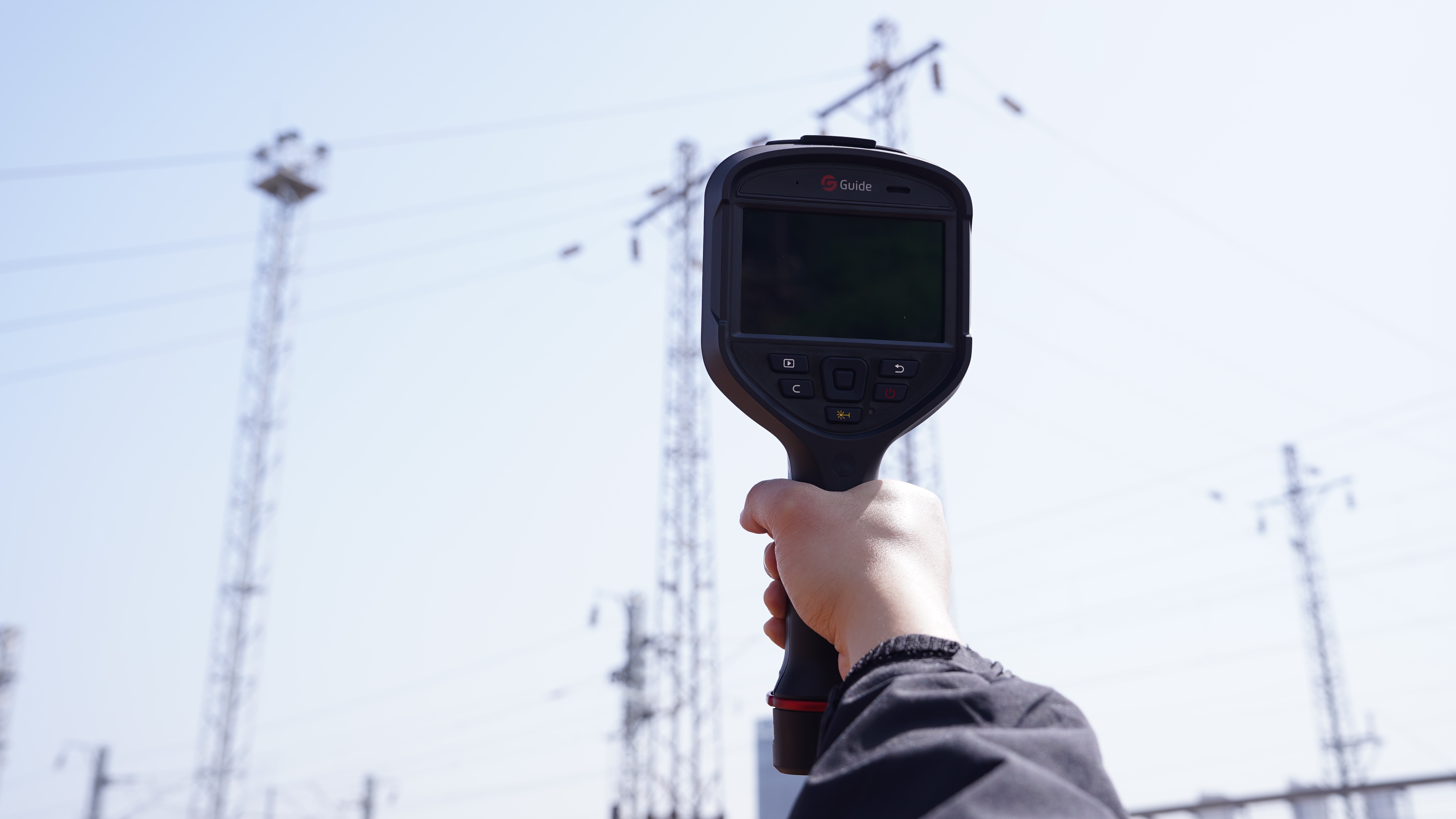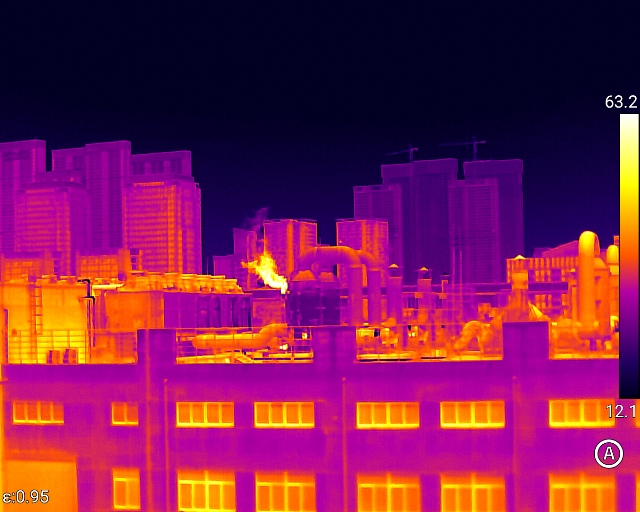High-resolution thermal imaging cameras are extremely valuable tools in electrical inspection, building diagnosis, and industrial maintenance. High-resolution thermal imaging devices are expensive, and proper maintenance is essential for ensuring their longevity. Under good maintenance, these cameras can run for decades without compromising on their accuracy and usability. Some of the most valuable tips for making them last long are discussed as follows.
Proper Lens Cleaning
The lens is the most crucial part of your thermal imager; a small scratch will ruin the image quality. When wiping the lens:
Use a soft, lint-free microfiber cloth. Never use paper towels, face cloths, or rough cloths, as these can scratch the lens coating.
If dust or dirt is present, clear it first with compressed air.
For fingerprints or stains, apply a small amount of lens cleaning solution to the cloth and wipe in a soft, circular motion from the center out to the outer edge. Clean the lens with cleaning solution never directly, as that may find its way into the interior.
Prevent physical damage
Internal components of high-resolution thermal imaging cameras are delicate and must be protected against damage or cracking:
Always use a padded protective case when transporting. Avoid dropping or placing heavy objects on top.
Be careful with the buttons and screen. The display is not impact-resistant, and excessive pressure on the buttons can damage the internal mechanism.
When used in confined spaces, grasp the thermal imager tightly and avoid impacting it with metal or concrete.
Controlled Storage Conditions
Incorrect storage of high-resolution thermal imaging cameras can result in permanent damage:
Store in a dry, low-humidity area. High humidity will cause condensation inside the camera and ruin the sensor.
Avoid extremes of temperature. Do not leave the camera in a hot car, cold garage, or direct sunlight for an extended period. Extreme heat or cold will warp components and shorten battery life.
If the camera will be used soon, store it with the battery fully charged. If stored for several months, remove the battery to prevent corrosion.
Proper Battery Handling
Battery problems are a common cause of thermal imager malfunctions:
Use only recommended batteries or chargers supplied by the manufacturer. Cheap, off-brand products can overheat or ruin the power system of the camera.
Don't let the battery drain completely regularly. Charge the battery when it has 20%-30% to extend its overall life span.
If the thermal imaging camera uses a replaceable battery, remove it when not in use for extended periods of time. Occasionally, clean the battery contacts with a dry cloth to prevent corrosion.
Avoid Harmful Environments
Although thermal imagers are rugged, certain environments can accelerate their wear:
Avoid water and chemicals. Rain, oil, or cleaning liquids can penetrate the connectors and damage electronic components. If there is rain on the device, switch it off immediately and allow it to air dry in the sun; do not use a hairdryer.
Attempt to keep away from dusty or sandy environments if at all possible. If circumstances permit, wipe down the thermal camera with a dry cloth afterward and clean the connectors of any dirt with compressed air.
Avoid subjecting the thermal camera to high vibrations for extended periods since this is likely to loosen inner components.
Regular Inspections
Catching minor problems early can prevent major failures:
Check the cables and connectors for damage. Bent pins or damaged cables can cause connection problems.
Inspect the lens monthly for scratches or cracks. If damaged, discontinue use and send in for repair.
Check image quality periodically. Distant, blur, or distorted thermal images can suggest that the sensor requires calibration, which must be done by a skilled professional.
Use Lens Protection Accessories
Add extra protection to your fragile lens:
Always keep the lens cap installed when the camera is not in use. Hard plastic caps will offer more protection against impact and scratches compared to soft caps.
When photographing outdoors or in harsh environments, employ lens filters designed for thermal imagers. These ones are scratch-proof and are replaceable upon damage, which protects the more expensive lens itself.
Ensure that all accessories are properly installed. A loose lens cap can fall and be lost, and an ill-fitting filter can compromise image quality.
Proper care of your high-resolution thermal camera ensures its value for a long time. You can significantly extend its lifespan by carefully cleaning the lens, preventing physical impairment, maintaining control over the storage environment, properly handling batteries, keeping away from hazardous environments, conducting regular inspections, keeping software and firmware up to date, and using lens protection devices. These simple steps will keep your thermal imager accurate and reliable, in front of you when you most need it, and save you money on repair and replacement costs in the long term. To know more about thermal imagers, contact Guide Sensmart.













.svg)



(1).jpg)

